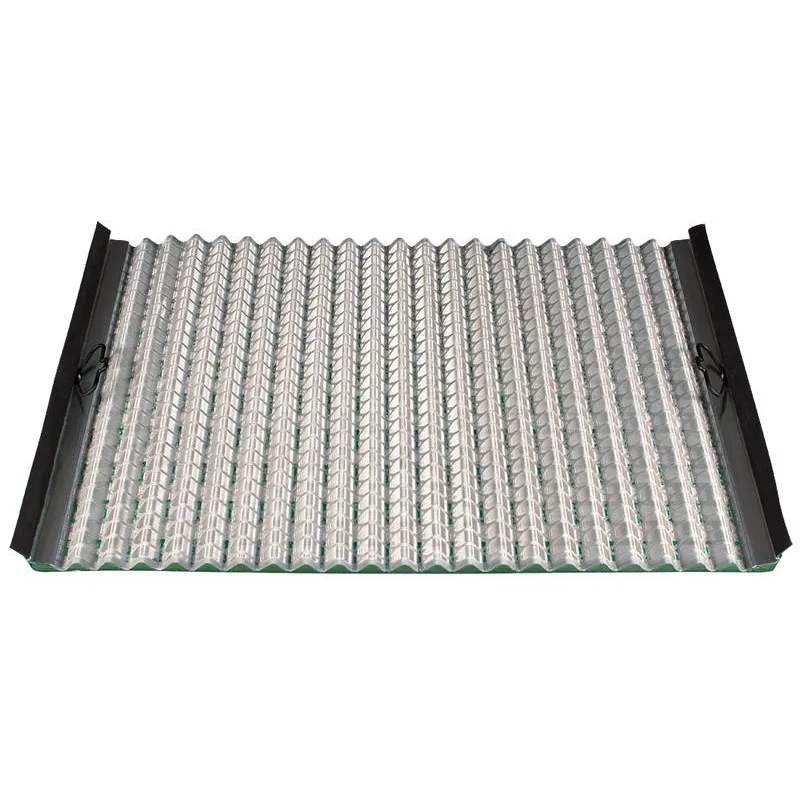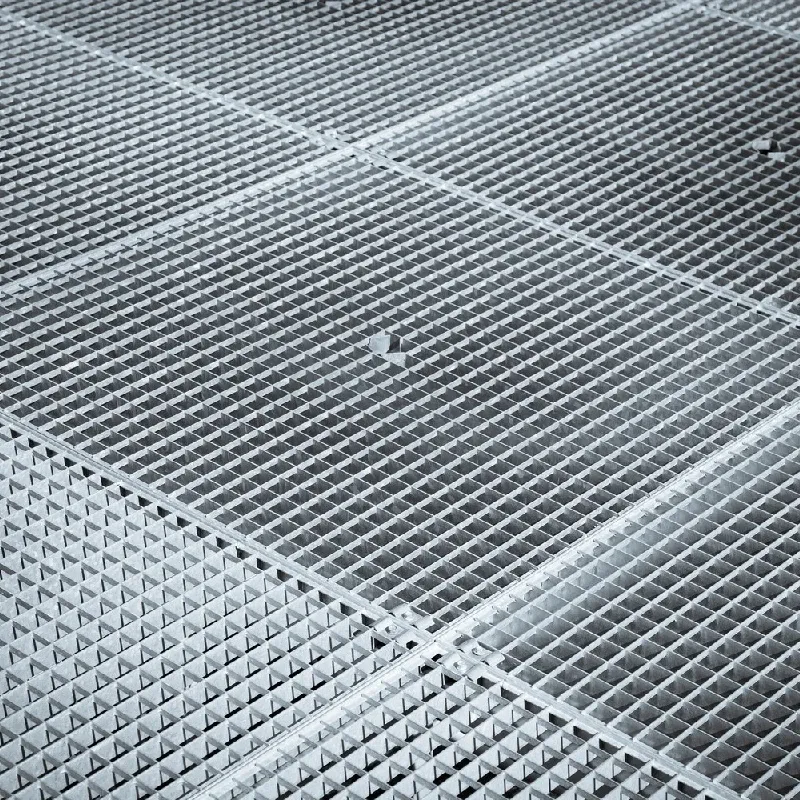- Industrial zone, South of Anping Town, Hengshui, Hebei, China.
- sales@hfpetromesh.com
- +86-18931809706
 Afrikaans
Afrikaans  Albanian
Albanian  Amharic
Amharic  Arabic
Arabic  Armenian
Armenian  Azerbaijani
Azerbaijani  Basque
Basque  Belarusian
Belarusian  Bengali
Bengali  Bosnian
Bosnian  Bulgarian
Bulgarian  Catalan
Catalan  Cebuano
Cebuano  Corsican
Corsican  Croatian
Croatian  Czech
Czech  Danish
Danish  Dutch
Dutch  English
English  Esperanto
Esperanto  Estonian
Estonian  Finnish
Finnish  French
French  Frisian
Frisian  Galician
Galician  Georgian
Georgian  German
German  Greek
Greek  Gujarati
Gujarati  Haitian Creole
Haitian Creole  hausa
hausa  hawaiian
hawaiian  Hebrew
Hebrew  Hindi
Hindi  Miao
Miao  Hungarian
Hungarian  Icelandic
Icelandic  igbo
igbo  Indonesian
Indonesian  irish
irish  Italian
Italian  Japanese
Japanese  Javanese
Javanese  Kannada
Kannada  kazakh
kazakh  Khmer
Khmer  Rwandese
Rwandese  Korean
Korean  Kurdish
Kurdish  Kyrgyz
Kyrgyz  Lao
Lao  Latin
Latin  Latvian
Latvian  Lithuanian
Lithuanian  Luxembourgish
Luxembourgish  Macedonian
Macedonian  Malgashi
Malgashi  Malay
Malay  Malayalam
Malayalam  Maltese
Maltese  Maori
Maori  Marathi
Marathi  Mongolian
Mongolian  Myanmar
Myanmar  Nepali
Nepali  Norwegian
Norwegian  Norwegian
Norwegian  Occitan
Occitan  Pashto
Pashto  Persian
Persian  Polish
Polish  Portuguese
Portuguese  Punjabi
Punjabi  Romanian
Romanian  Russian
Russian  Samoan
Samoan  Scottish Gaelic
Scottish Gaelic  Serbian
Serbian  Sesotho
Sesotho  Shona
Shona  Sindhi
Sindhi  Sinhala
Sinhala  Slovak
Slovak  Slovenian
Slovenian  Somali
Somali  Spanish
Spanish  Sundanese
Sundanese  Swahili
Swahili  Swedish
Swedish  Tagalog
Tagalog  Tajik
Tajik  Tamil
Tamil  Tatar
Tatar  Telugu
Telugu  Thai
Thai  Turkish
Turkish  Turkmen
Turkmen  Ukrainian
Ukrainian  Urdu
Urdu  Uighur
Uighur  Uzbek
Uzbek  Vietnamese
Vietnamese  Welsh
Welsh  Bantu
Bantu  Yiddish
Yiddish  Yoruba
Yoruba  Zulu
Zulu
- Afrikaans
- Albanian
- Amharic
- Arabic
- Armenian
- Azerbaijani
- Basque
- Belarusian
- Bengali
- Bosnian
- Bulgarian
- Catalan
- Cebuano
- Corsican
- Croatian
- Czech
- Danish
- Dutch
- English
- Esperanto
- Estonian
- Finnish
- French
- Frisian
- Galician
- Georgian
- German
- Greek
- Gujarati
- Haitian Creole
- hausa
- hawaiian
- Hebrew
- Hindi
- Miao
- Hungarian
- Icelandic
- igbo
- Indonesian
- irish
- Italian
- Japanese
- Javanese
- Kannada
- kazakh
- Khmer
- Rwandese
- Korean
- Kurdish
- Kyrgyz
- Lao
- Latin
- Latvian
- Lithuanian
- Luxembourgish
- Macedonian
- Malgashi
- Malay
- Malayalam
- Maltese
- Maori
- Marathi
- Mongolian
- Myanmar
- Nepali
- Norwegian
- Norwegian
- Occitan
- Pashto
- Persian
- Polish
- Portuguese
- Punjabi
- Romanian
- Russian
- Samoan
- Scottish Gaelic
- Serbian
- Sesotho
- Shona
- Sindhi
- Sinhala
- Slovak
- Slovenian
- Somali
- Spanish
- Sundanese
- Swahili
- Swedish
- Tagalog
- Tajik
- Tamil
- Tatar
- Telugu
- Thai
- Turkish
- Turkmen
- Ukrainian
- Urdu
- Uighur
- Uzbek
- Vietnamese
- Welsh
- Bantu
- Yiddish
- Yoruba
- Zulu
Feb . 15, 2025 01:05
Back to list
steel grating thickness
Steel grating thickness plays a crucial role in both the functionality and durability of this widely used construction material. Providing an optimal balance between weight and strength, the thickness of steel grating determines its suitability for various applications whether in industrial settings, commercial environments, or public infrastructure projects.
For those looking to balance performance with aesthetic considerations, the choice of grating thickness can also impact the visual appeal of a project. Architectural applications that require a sleek, modern look may opt for perforated steel grating with a thinner profile, allowing for more intricate design patterns while still providing structural integrity and functionality. When consulting with suppliers or manufacturers, it's advisable to discuss the specific environmental conditions and load requirements your project will face. Knowledgeable partners can recommend appropriate grating thicknesses, taking into account factors beyond simple load capacity, such as ease of installation, long-term maintenance, and total cost of ownership. This tailored approach not only enhances the performance and safety of the steel grating but also ensures compliance with any relevant safety or construction codes. Another critical factor influencing the choice of steel grating thickness is its interaction with other materials used in construction. Compatibility with materials such as concrete, wood, or other metals can influence factors such as thermal expansion, which needs to be accounted for during the design phase to prevent issues like warping or structural tension. Trustworthiness in selecting the right steel grating thickness is enhanced by verifying the manufacturer's certifications and reputation within the industry. Engaging with suppliers that have a record of reliability and adherence to international quality standards ensures that the chosen grating will perform as expected, maintaining safety and operational standards over its entire service life. In conclusion, understanding the nuances of steel grating thickness is pivotal for optimizing both performance and cost-efficiency across various applications. By balancing expertise, authoritative insights, and trustworthy manufacturing practices, project stakeholders can secure grating solutions that meet their specific needs while adhering to industry best practices and regulations.


For those looking to balance performance with aesthetic considerations, the choice of grating thickness can also impact the visual appeal of a project. Architectural applications that require a sleek, modern look may opt for perforated steel grating with a thinner profile, allowing for more intricate design patterns while still providing structural integrity and functionality. When consulting with suppliers or manufacturers, it's advisable to discuss the specific environmental conditions and load requirements your project will face. Knowledgeable partners can recommend appropriate grating thicknesses, taking into account factors beyond simple load capacity, such as ease of installation, long-term maintenance, and total cost of ownership. This tailored approach not only enhances the performance and safety of the steel grating but also ensures compliance with any relevant safety or construction codes. Another critical factor influencing the choice of steel grating thickness is its interaction with other materials used in construction. Compatibility with materials such as concrete, wood, or other metals can influence factors such as thermal expansion, which needs to be accounted for during the design phase to prevent issues like warping or structural tension. Trustworthiness in selecting the right steel grating thickness is enhanced by verifying the manufacturer's certifications and reputation within the industry. Engaging with suppliers that have a record of reliability and adherence to international quality standards ensures that the chosen grating will perform as expected, maintaining safety and operational standards over its entire service life. In conclusion, understanding the nuances of steel grating thickness is pivotal for optimizing both performance and cost-efficiency across various applications. By balancing expertise, authoritative insights, and trustworthy manufacturing practices, project stakeholders can secure grating solutions that meet their specific needs while adhering to industry best practices and regulations.
Share
Prev:
Next:
Latest news
-
Welded Steel Bar Grating: The Rugged Industrial Flooring Solution Built for Load and LongevityNewsJun.24,2025
-
Steel Walkway Grating: Reliable, Resilient, and Built for Every StepNewsJun.24,2025
-
Shale Shaker Screen for Sale: Optimize Drilling Efficiency with Precision Screening PowerNewsJun.24,2025
-
Shaker Screen for Sale: Elevate Your Drilling Efficiency with Durable Separation SolutionsNewsJun.24,2025
-
Press Locked Steel Grating: Industrial Strength with Precision Fit for Heavy-Duty ApplicationsNewsJun.24,2025
-
Perimeter Safety Netting: The Critical Safety Upgrade for Every HelipadNewsJun.24,2025